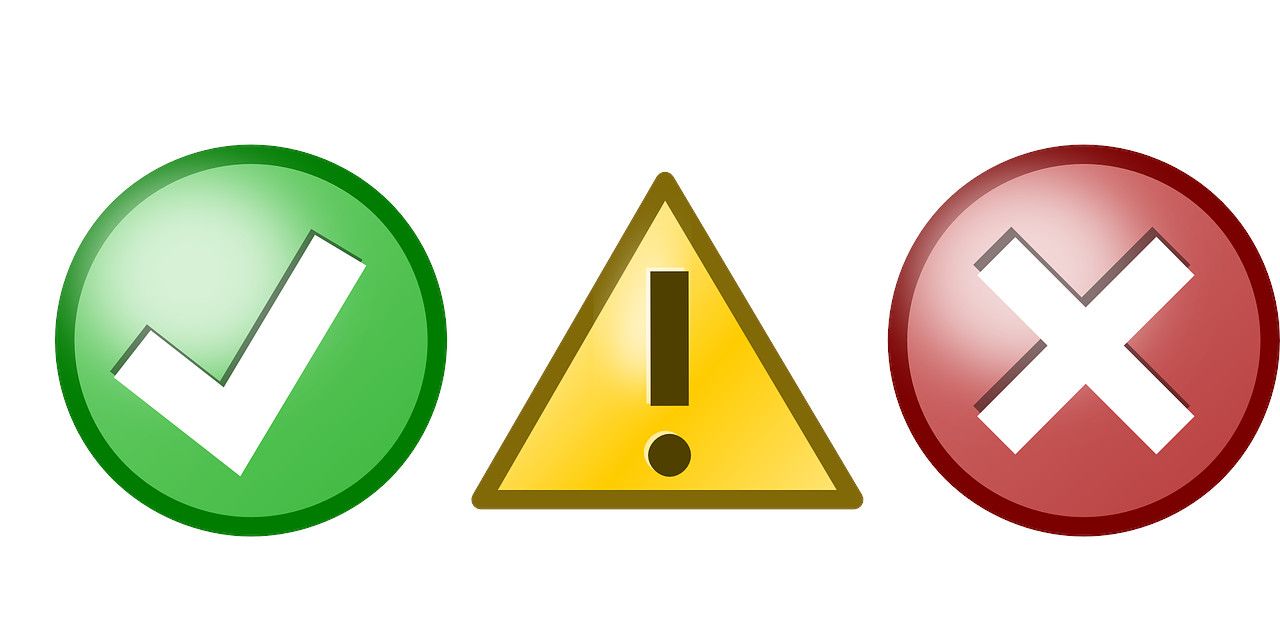An Application Programming Interface (API) is a platform on which applications communicate. APIs are widespread and play a vital role in many modern software architectures.
API security is the practice of preventing or mitigating attacks on APIs. APIs are vulnerable to attacks that intend to disrupt the application or phish for sensitive data.
APIs have many vulnerable points. These include broken authentication, rate limiting, and unauthorized code injection. Vulnerabilities like these can threaten your application’s performance and the integrity of its data. Fortunately, there are best practices you can use to ensure reliable API security.
1. Authenticate
Whether you’re working with REST, SOAP, or GraphQL, API authentication is vital. Authentication is the process of verifying a user’s identity before they can access a system.
Authentication has moved away from just having passwords to multi-factor authentication processes (MFA). MFA ensures a user completes more than one verification check before accessing their account.
The most common MFA is two-step authentication, which reduces threats to a large extent. It requires additional authentication methods, such as a code sent to a phone number or email account.
The two-step process reduces the chances of anyone gaining access to a system. If they do not have access to the second authentication passcode, they will not have access.
2. Leverage OAuth
OAuth is a powerful way to control API security. It is an open protocol that secures authorization from the web, mobile, and desktop applications in a simple and standard method.
It is a token-based authentication framework that controls access to the API. OAuth allows third-party access to information without exposing the user’s credentials.
3. Validate Input
Data validation involves type-checking incoming data. The practice helps to protect against attacks like code injection or cross-site scripting.
You should build data validation checks at all endpoints. Such checks include validating the syntax and value of data the API receives.
Some common input validation methods include:
- JSON and XML validation schemas
- Regular expressions
- Checking data types
- The least and greatest value range for numbers
- Least and greatest lengths for strings
Validating input prevents your API from accepting malicious data into your system. The Django REST framework has excellent features to help validate your API input.
You can test your API with input fuzzing. Fuzzing tests random data against the API until you detect a security problem. A secure API will return an error message if it’s fed data that is not standard.
4. Use Rate Limiting
Rate limiting is a way to protect the server when there are too many requests. It prevents the server from overworking and shutting down.
Rate limiting protects your application from attacks such as denial of service (DoS). As APIs get more users, they are more prone to such attacks. DoS attacks affect your application’s performance or even crash it.
With rate limiting, users can only access a certain number of requests per the scheduled time. The API blocks users’ access until the next session if they exceed their set limit.
For example, you can set the request limit for a news website at 1,000 requests per hour. When a user exceeds this limit, they will not see any new items in the application’s feed. Requests will then resume when the time limit has elapsed.
Rate limiting also comes in handy when you want to monetize the API. You can have categories for users with different rate limits. This can encourage people to pay more if they need to make larger numbers of requests.
5. Filter Data
APIs should only share required data. You can test your API using random data to check what kind of data it returns. Ensure it does not expose security information such as API keys or passwords.
Provide enough endpoints for different kinds of data. This will let users access the specific information they need and avoid fetching irrelevant data from the database.
There are several ways to filter data on an API call. The easiest is using URL parameters. You can do basic filtering by filtering property names.
However, parameters can only filter exact matches. If you need to provide more complex matches you will need to provide alternative methods.
6. Use an API Gateway
An API gateway can provide enhanced security, monitoring, and overall API management. It serves as a central point for all API traffic. The gateway sits between users and the application’s backend.
An API gateway authorizes and authenticates traffic. It also has control over how you use the APIs. A gateway identifies vulnerabilities in the network, components, drivers, and operating system.
Gateways cam report on API weak points and detect data breaches. They may also alert on vulnerabilities, identifying points where security threats are likely to arise.
7. Prevent Code Injection
Safeguarding your API against code Injection flaws is vital. Code injection involves taking data to an interpreter from an un-trusted source. This can be via a command or database query.
Cyber-attackers can send malicious data to manipulate the API interpreter. The data can be commands to manipulate the system. Equally, they can query for sensitive data without going through the necessary authorization.
API vulnerabilities, such as improper data validation checks, increase the chances of attacks. As a developer, consider having the following checks in your code:
- Limit the number of allowed characters, using regular expressions, for example.
- Have a standard data format.
- Specify the type and quantity of expected data.
Preventing code injection can help create a reliable cybersecurity framework. Attackers will have a hard time manipulating or extracting data from your application.
Why Consider API Security Best Practises?
With the increasing use of APIs, cyber threats are more and more common. It’s vital to monitor, test, and manage your API security. This practice ensures the safety of your data and software.
You should prioritize API security alongside security measures for the whole application. Identify vulnerable points and address them using proper security checks.
Leveraging API security optimizes the performance of your application. It helps to identify and mitigate security breaches without expensive tools and software. It also identifies system vulnerabilities, therefore, preventing future attacks.







